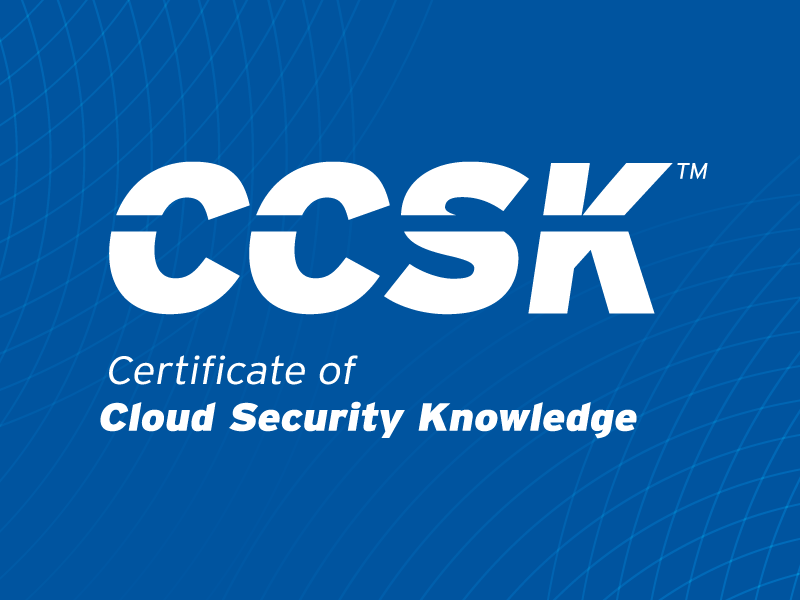Top Threat #10 - Who Goes There? Tackling Unauthenticated Resource Sharing
Published 02/18/2025
Written by CSA’s Top Threats Working Group.
In this blog series, we cover the key security challenges from CSA's Top Threats to Cloud Computing 2024. Drawing from the insights of over 500 experts, we'll discuss the 11 top cybersecurity threats, their business impact, and how to tackle them. Whether you're a professional or a beginner, this series offers a clear guide to the evolving cloud security landscape.
Today’s post covers the #10 top threat: Unauthenticated Resource Sharing.
What is Unauthenticated Resource Sharing?
Unauthenticated cloud resource sharing is a major security risk. Cloud resources often hold sensitive business and personal data. Without proper authentication and least privilege access, these resources become easy targets for attackers looking to steal confidential information.
Despite the importance of authentication, many cloud breaches occur due to unprotected storage and databases. Tools like Shodan, Binary Edge, and Grayhat Warfare make it easy to find unprotected data repositories.
To prevent unauthorized access, organizations should implement:
- Multi-Factor Authentication (MFA): Adds an extra layer of security with codes or biometrics.
- Third-Party Authentication Platforms: Simplifies user verification with one-touch login.
- Strict User Access Controls: Ensures users can only access what they need.
- Continuous Monitoring: Detects suspicious activity before a breach occurs.
Consequences & Business Impact
Here are some of the negative impacts that can result from unauthenticated cloud resources:
- Technical impacts: Unauthorized access can lead to data breaches, exposing sensitive information. It can also cause data loss, resulting in partial or complete destruction of critical data.
- Operational impacts: Data loss or compromise can cause business disruptions, preventing organizations from meeting obligations to customers and partners.
- Financial impacts: Unsecured cloud resources can lead to lost revenue due to service downtime, legal actions, and customer churn, as well as non-compliance fines for failing to meet regulatory security standards.
- Reputational impacts: Security breaches damage both the company’s reputation, impacting public trust and brand value, and the customer’s reputation, as third-party cloud service failures can expose client data and disrupt operations.
Mitigation Strategies
Effective security measures are essential to prevent unauthorized access and protect sensitive cloud resources:
- Unprotected cloud storage and databases can be easily exploited without password protection, making basic authentication essential for securing access.
- Stronger authentication methods, such as MFA and third-party authorization services further enhance security.
- Continuous user monitoring helps detect and prevent unauthorized or malicious activity.
To learn more about the top threats and explore strategies for mitigating these risks, download the full Top Threats to Cloud Computing 2024 here.
Unlock Cloud Security Insights
Subscribe to our newsletter for the latest expert trends and updates
Related Articles:
Understanding the DoD’s New Cyber Security Risk Management Construct (CSRMC)
Published: 12/15/2025
Beyond Workday: Why Socially Engineered SaaS Breaches Are Spreading
Published: 12/15/2025
Micro-Segment the Metal: A Zero Trust Field Guide for Physical Hosts
Published: 12/12/2025
The Ghost in the Machine is a Compulsive Liar
Published: 12/12/2025





.png)
.jpeg)
.jpeg)
.jpeg)
.jpeg)